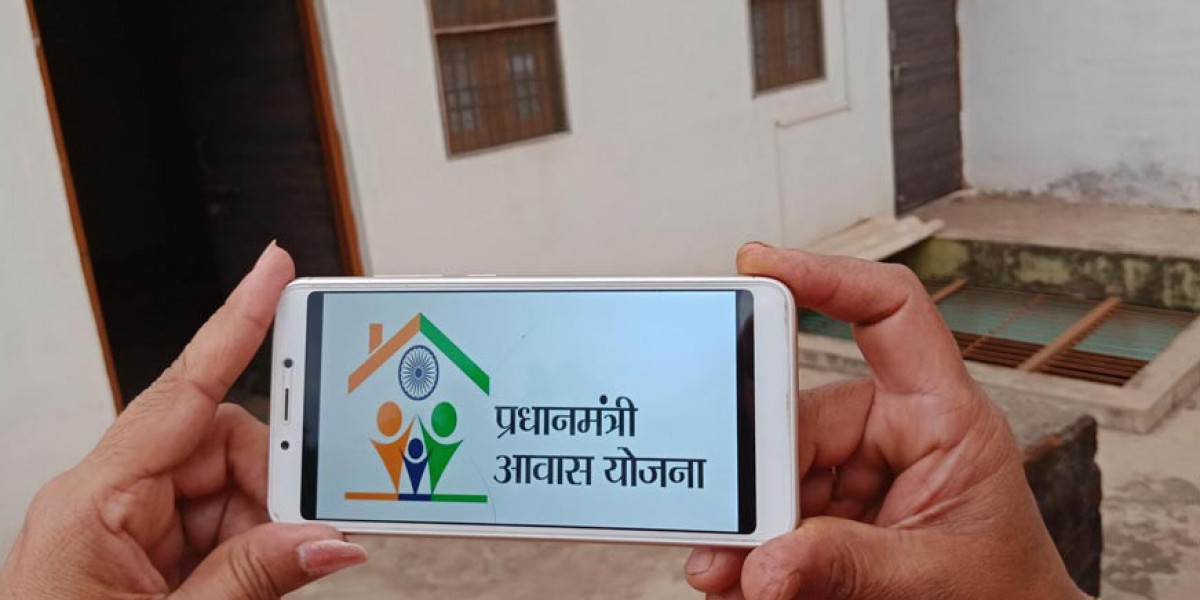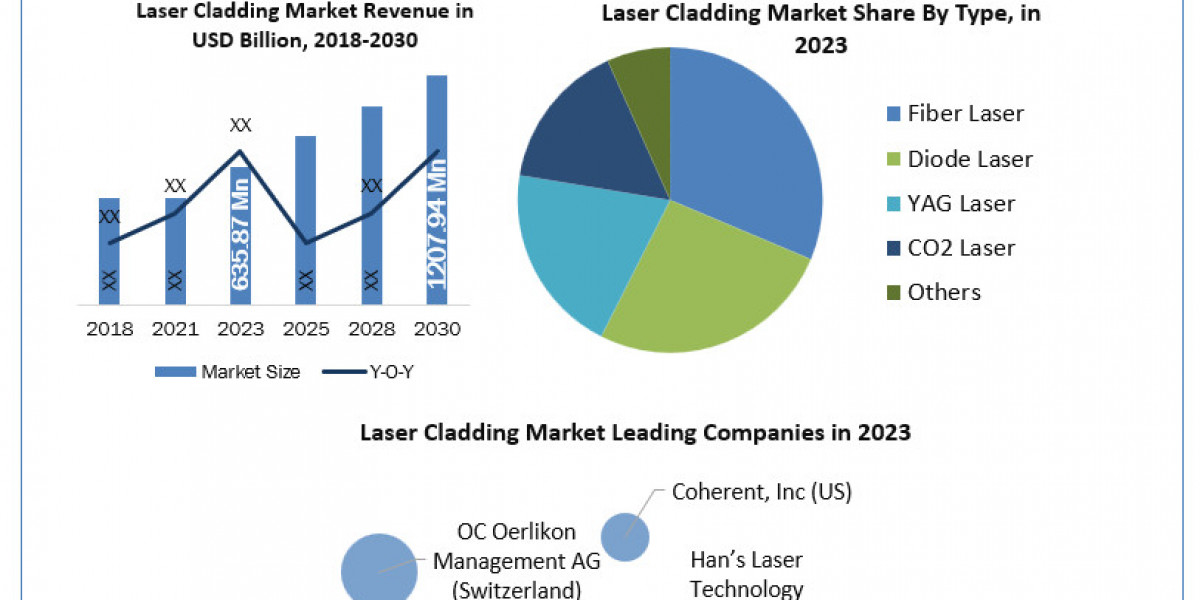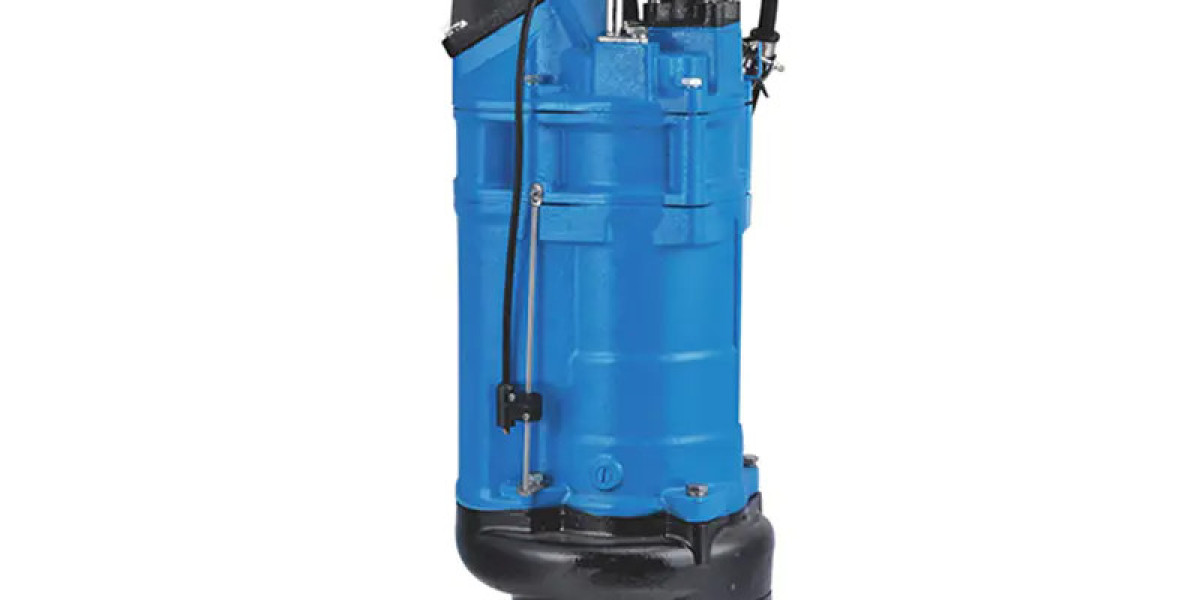The Pradhan Mantri Awas Yojana (PMAY) has been a cornerstone of the Indian government’s efforts to provide affordable housing for all. As the initiative aims to provide housing for millions, evaluating the beneficiary identification process becomes crucial for ensuring transparency, fairness, and effectiveness.
The Foundation of PM Awas Yojana
Launched in 2015, it is designed to address the housing needs of economically disadvantaged segments of society. It aims to build 20 million affordable houses across urban and rural areas by 2022. However, ensuring that the right beneficiaries receive these benefits requires a well-structured identification process. The process involves categorising beneficiaries, assessing their needs, and verifying eligibility criteria. The success of the scheme depends significantly on this mechanism, as an effective beneficiary identification system directly impacts the programme's outreach and success.
Challenges in the Beneficiary Identification Process
One of the major challenges faced in the implementation of PM Awas Yojana is ensuring that the beneficiaries selected are truly in need of assistance. Often, there are concerns about the exclusion of eligible individuals and the inclusion of ineligible ones. The identification process relies heavily on data provided by various state and central government databases, but this data is not always accurate or up to date.
Additionally, manual errors and discrepancies in the data lead to inconsistencies, sometimes leaving deserving candidates without benefits. In some instances, political influences and biases may also affect beneficiary lists, hindering fair allocation.
Addressing the Gaps: Technological Solutions
To improve the beneficiary identification process, the government has adopted various technological solutions. The use of Aadhaar-based verification and integration of the Pradhan Mantri Awas Yojana database with other government schemes has helped to streamline the process. These technological advancements aim to reduce errors, ensuring that only those who truly need housing assistance benefit from the programme.
Moreover, local authorities and community leaders are involved in the identification process to ensure that no deserving individuals are left out. This multi-tiered approach aims to make the process more transparent and inclusive, reducing discrepancies and enabling the delivery of benefits to the right people.
Moving Forward with PM Awas Yojana
As PMAY continues to expand, the identification of beneficiaries remains a critical focus area for ensuring its success. While the government has made significant strides in improving the accuracy and efficiency of the beneficiary identification process, there are still several areas that need further attention.
Conclusion
While PM Awas Yojana has shown significant promise in addressing India's housing challenges, ensuring that the right beneficiaries are selected is paramount for its success. The government has made notable efforts to streamline the beneficiary identification process through technology and local involvement, but more work remains. By refining these mechanisms, addressing data discrepancies, and ensuring transparency, PMAY can truly live up to its potential in providing affordable housing for all. For further insights on the ongoing improvements and challenges within this initiative, visit the original article here.










